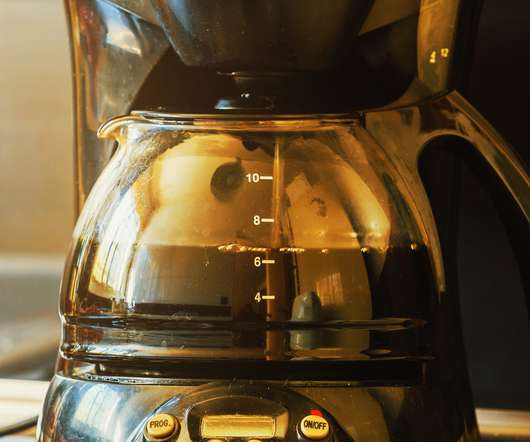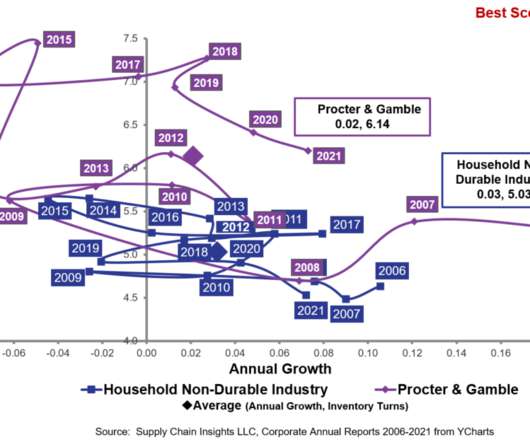The Coffee Pot Conversation That Will Not Happen
Supply Chain Shaman
JUNE 7, 2021
I began analyzing correlations of groups of metrics to market capitalization and found that the most significant correlation was between market capitalization and growth. Initially, I worked with Arizona State statistics professors and graduate students to correlate market factors to 2006-2012 data.) I hope to see you there!















Let's personalize your content